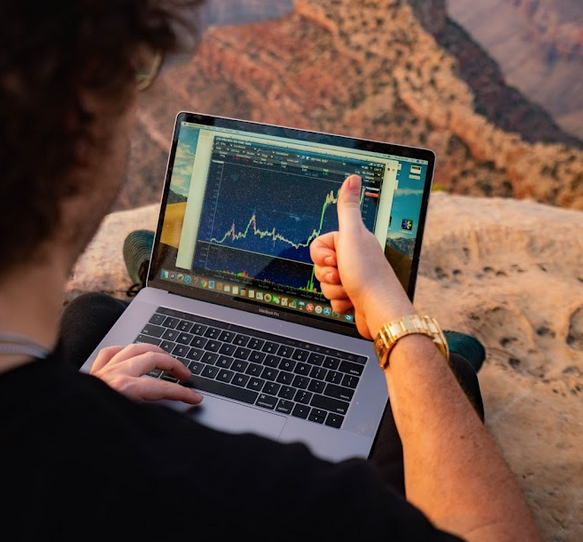Happy Memorial Day!
The stock market is closed today … That’s very exciting …
It means we’ve got a shortened trading week. And short trading weeks are notoriously volatile.
Here’s why:
There are fewer days in the market to pull profits. And greedy market players are still trying to squeeze out as much cash as possible.
I expect the volatility this week to be off the charts!
- Market indices are trading near all-time highs.
- The market’s poster boy, NVIDIA Corporation (NASDAQ: NVDA), gapped up on strong revenue last week.
- We’re still seeing meme stock volatility: Innovative Eyewear Inc. (NASDAQ: LUCY) spiked 300%* on Friday.
- The U.S. Presidential election draws near.
The stock environment right now is INSANE. And small-account traders are in the best position to profit.
See my Tweet below:
But not all stock spikes are created equal …
Today, before the market opens for a shortened trading week, we’ll cover THE BEST setups for small-account traders.
These are the best setups for me and my students.
The Strongest Stock Spikes

2025 Millionaire Media, LLCIt’s impossible to tell the future.
But after 25 years of trading, I can tell a good stock spike from a bad one.
And when it comes to our small-cap niche, there are a group of stocks that are most likely to show us strong spikes.
This one factor determines the stocks we want to focus on for the best chance at profits …
- The LUCY spike from Friday fits this one factor. So does …
- The 730%* from MGO Global Inc (NASDAQ: MGOL) last week …
- The 340%* spike from Mangoceuticals Inc. (NASDAQ: MGRX) …
- The 240%* spike from GT Biopharma Inc. (NASDAQ: GTBP) …
- The 130%* spike from Biodexa Pharmaceuticals Plc (NASDAQ: BDRX) …
- The 550%* spike from OneMedNet Corp (NASDAQ: ONMD) …
You catch my drift?
Stocks with this one factor are capable of spiking +100% intraday. And these are the stocks that we want to trade!
If a stock spikes +100%, we have more room for error. A trader can take 20% of the move to mitigate overall risk. Don’t swing for the fences, trade smart.
We don’t have to make $1 million on every trade. Small gains add up!
Take a look at my $7.6 million profit chart below, it consists of 8,200 small trades that built up my account over time:

And don’t worry, the patterns don’t go away. I’ve been using the same trading framework for over 25 years.
Focus on one trade at a time, and then move to the next hot stock that matches my framework.
That’s what I’m looking for when the market opens on Tuesday.
And the hottest setups have this one factor in common …
A Low Supply Of Shares

2025 Millionaire Media, LLCThis is a simple law of supply and demand
When an asset has a low supply, an increase in demand will cause the price to spike higher when compared to an asset with a higher supply.
For stocks, the supply is the number of shares available for traders to buy and sell in the market. It’s also called the float.
Big stocks like NVDA have higher floats, especially after the upcoming stock split. Currently, NVDA’s float measures 2.4 billion shares.
As a result of the higher float, the price has a difficult time spiking by a larger percent. Shares are only likely to move a few percentage points in a single day.
But when it comes to our small-cap plays, the low float count can cause stocks to spike +100%.
Generally a low float is anything below 10 million shares. Now, there are exceptions. This is an inexact science.
For example, MGRX from last week spiked 340%* and StocksToTrade shows that the float is 12.7 million shares. Technically that’s above our goal of 10 million shares or fewer. But it’s close enough, especially when compared to 2.4 billion shares LOL.
On Tuesday morning, pay attention to small-cap stocks spiking with a low float. That’s where we’ll find the strongest runners.
And you can use Breaking News to find these spikers right when they start to move. It usually happens during premarket. Below you can see the alert that we got on MGOL last week:

Timing is everything in the market.
The early bird gets the worm.
Get ready for Tuesday morning!
Cheers.
*Past performance does not indicate future results








Leave a reply